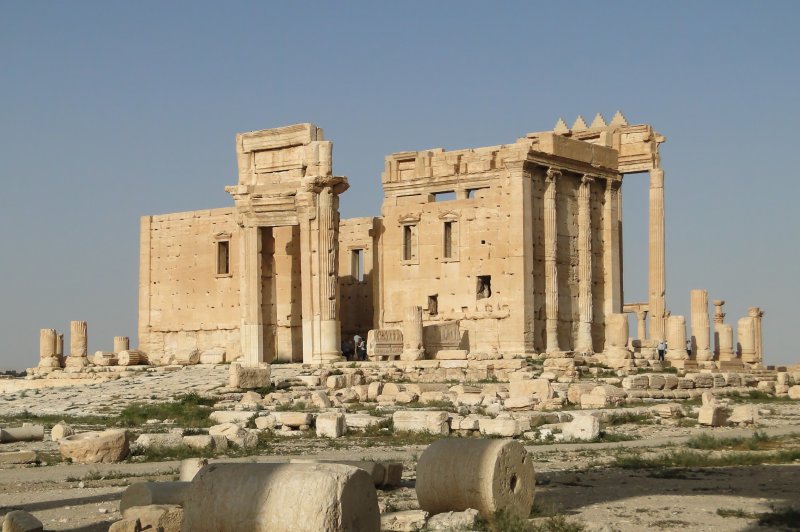PALMYRA, Syria, Aug. 31 (UPI) -- Islamic State militants attempted to destroy the ancient temple of Bel in the historic Syrian city of Palmyra, but failed, government officials said Monday.
Maamoun Abdulkarim, director of the Syrian Department of Antiquities and Museums, confirmed that though there was a large explosion near the 2,000-year-old site, the temple is still intact. The extent of the damage caused by the explosion is unknown because witnesses cannot get close to the temple, but initial reports had said the site was partially destroyed.















